S/S Saimaa
Artefact of the month - May 2024
“Under the shimmer of the twilight and buoyed by the current, the boat glided like a large, white swan towards the darkening north. The sun had already sunk behind the rocky terrain of the western shore. Shoals of vendace flickered under the calm surface of the lake, and a black-throated diver, that sad and lonely bird of the wilds, shot through the dark water, in the shadow of the rugged foreland. A couple of fishermen with a seine and nets could be seen here and there. There were also a few farmhouses with verdant fields that appeared content with their remoteness.” – Aaro Nuutinen 1936
Saimaa is the largest inland waterway in Finland, and its importance as a traffic route has always been obvious to those living in the area – from the times of traditional carved rowing boats and sledges to today. The need to develop waterways increased in the 19th century as a result of industrialisation and the rapid expansion in traffic. This development was mainly carried out by mapping and marking, dredging and canalising.
Saimaa’s own pilot steamer
During the period of autonomy, the Pilot and Lighthouse Board’s pilot district managers kept the waterways in good condition, developed them and ensured the functionality of pilotage services. The pilot district managers inspected the waterways, navigation marks and safety equipment in their own districts and monitored the operations of pilot stations. In the pilot district of Saimaa and Kallavesi, founded in 1868, it was necessary to have a machine-driven vessel, especially as the waterway network continued to grow: by 1892, the length of the inspection route was already 1,273 nautical miles. The pilot district had to manage with a rented steamer until 1886, when the district finally got its own steamer. However, S/S Silmä, previously used by the Customs, was not ideal for its new purpose. The deep-drawing and low-powered vessel struggled to travel upstream in the fast-flowing River Pielinen in the spring and early summer. The vessel was in poor condition to begin with and required more and more maintenance and repairs every year. Finding a replacement for the boat became inevitable. The guardians of the nation’s coffers understood the problem and the Pilot and Lighthouse Board ordered a new steam-driven pilot boat in 1892 with the Senate’s approval and Tsar Alexander III’s blessing. The competitive tendering was won by Turku-based Wm. Crichton & Co. Ab’s shipyard and the new vessel cost 56,000 Finnish marks after some bargaining. The appropriately named S/S Saimaa was delivered with yard number 382 and the vessel was ready for action in spring 1893.
The hull of the 80-foot vessel was made from riveted steel sheets and the main deck was composed of 2.5-inch pine planks. The deckhouses, i.e. the chart house and saloon, were mahogany. The aft deck was covered with a canvas sun canopy and an open navigation bridge was built on the roof of the chart house. As was common at the time, the vessel was also equipped with a gaff-boom mast, even though it was powered by steam. Below the main deck were the forecastle, four cabins, two toilets, a galley and a second saloon as well as the heart of the ship – the engine room. The double-cylinder port engine equipped with a jet condenser had an indicated capacity of 180 horsepower, although only a fraction of the power reached the propeller. The vessel gulped its service water for the power plant directly from Saimaa and the steam boiler’s fire box ate approximately 0.7 cubic metres of birch logs per hour at normal speed. The vessel was not electrified so it used the traditional lighting of candles and oil lamps. Radiators were installed in the cabins to make the crew more comfortable in autumn.
Loyal Mr Jägers
The number and composition of the crew of S/S Saimaa varied slightly over the years, but the roles remained mostly the same throughout the vessel’s service time: the vessel had a manager (usually the pilot district manager in the imperial era), mate, boatswain, one or two able-bodied seamen, engineer, stoker, and housekeeper or cook. The crew was frequently changed. The rare exception to this was the Estonian boatswain Ludvig Jägerskij (later Jägers) who served on the vessel from its commissioning to the end of the navigation season of 1928. Jägers was clearly committed to his job and S/S Saimaa, which was reflected in his habit of producing various utensils and tools for the vessel during the quiet winter months. Sometimes, Jägers made purchases from his own pocket, as proven by this letter sent to the pilot manager in April 1926: “I would also like to inform you that I have bought new tarred mats for the Saimaa deck without asking and on my own account, because the Administration would not agree if I were to ask them. They would say that the last summer’s mats should suffice, and the mats would nevertheless become wet and lose their colour.”
Although the salaries of the ship’s company were fixed, S/S Saimaa’s manager Yrjö Peltonen sent the Maritime Administration a letter, perhaps as a point of principle, to ask for a pay rise for the valuable boatswain in 1919: According to Peltonen, a monthly salary of 500 marks was not enough for a man with a family, and he added “when he has already served 26 years on the vessel and saved a significant amount of the nation’s funds over these 26 years, as there has been no need for a pilot because he knows all the sail routes on the Lake Saimaa and is in all respects an irreplaceable man.” Peltonen’s attempt was unsuccessful but later managers were able to gradually increase Jägers’ salary to a more decent level. In 1921, Jägers was awarded the Second Class Medal of the White Rose of Finland for his service.
From a service vessel to a museum ship
S/S Saimaa was first stationed in Lappeenranta and later in Savonlinna. The inspection vessel was extremely busy in the bustling water traffic area. For example, in 1955, the vessel’s sphere of activity included 67 sector lights, 18 pilot stations, 3,500 spar buoys and 1,800 navigation marks. For decades, S/S Saimaa was a reliable workhorse in the waterway of the same name. The only significant deviation from the vessel’s normal duties was its short visit to the pilot district of Vyborg during the Winter War and Continuation War. In addition to the daily waterway maintenance duties, the beautiful vessel served in more ceremonial circumstances, for example, as a vehicle for state guests and Finnish policymakers. The Grand Duke of Finland, however, never boarded S/S Saimaa, although some members of the royal court did reportedly travel on the vessel a few times. The presidents of the independent republic from Ståhlberg to Niinistö have spent time on S/S Saimaa.
By early 1980s, old inspection vessels had been surpassed by motorised vessels. Kummeli, a vessel that meets the current oil spill prevention and other requirements, was commissioned in Saimaa in 1985 and has yet to be replaced. Its predecessor had to give up its official rank but not its dignity. S/S Saimaa’s cultural and historical values was recognised, and the ship’s materials were not recycled and reused. This was untypical of an old steel vessel at the time. In 1989, the Ship Museum Committee listed S/S Saimaa, which was of a rare vessel type and had a unique service history, among nationally valuable vessels. Although the vessel’s deck structures and interiors were slightly modified during its long service life, S/S Saimaa retained its original character exceptionally well and is a rare representative of the steamer era and early service ships of the state.
Retired after a full term of service, the venerable old ship continues to work as a mobile heritage and hospitality vessel under the management of the Finnish Transport Infrastructure Agency. In addition to its formal duties, the vessel has been an active participant in the regattas of the Finnish Steam Yacht Association since 1977, among other events. As of the beginning of 2023, S/S Saimaa has flown the flag of the Finnish Heritage Agency, and is part of the collection of the Maritime Museum of Finland. You can visit the vessel in Savonlinna at the museum ship port of Riihisaari, where it is managed by the Museum of Savonlinna. Best of all, you can still see S/S Saimaa ploughing through the waves against the beautiful landscape of Finnish Lakeland. Just as it did 131 years ago.
Timo Kunttu
Photos above:
Jussi Kirmanen / Riihisaari - Savonlinna Museum
Maritime Museum of Finland
Photos above:
The hull of S/S Saimaa was originally painted soot black, but in 1936 the vessel got its characteristic bright white look. Photo: Picture Collections of the Maritime Museum of Finland.
The crew of S/S Saimaa servicing a sector light in summer 1938. Photo: Picture Collections of the Maritime Museum of Finland.
The crew of S/S Saimaa on the vessel’s foredeck in 1961. Second from the left is pilot district manager Arvo Syrjälä. Photo: Picture Collections of the Maritime Museum of Finland.
President Urho Kekkonen with his wife Sylvi on S/S Saimaa in 1961. Photo: Picture Collections of the Maritime Museum of Finland.
Sources
Andersin Ernst. Finlands lotsångfartyg 1872-1900 - Historik V. Luotsi- ja majakkalaitos. Suomen merimuseon asiakirjakokoelma, dnro SMMA79003:31
Laivamuseotoimikunnan mietintö 1989. Helsinki: Opetusministeriö.
Matikka Hannu, Sipilä Petri, Wirrankoski Rami (ed.) 2019. Kelluva kulttuuriperintö: Suomen historialliset laivat. Helsinki: Suomen Laivahistoriallinen yhdistys ry ja Museovirasto.
Pakkanen Esko 2018. Luotsilaiva Saimaa. Aluksen vaiheita vuosina 1893–2018. Helsinki: Liikennevirasto.
-
2024
-
 Dried kissel skin from the 19th century
Dried kissel skin from the 19th century
-
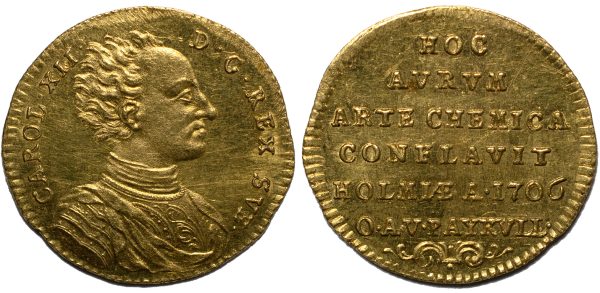 Paykull ducat
Paykull ducat
-
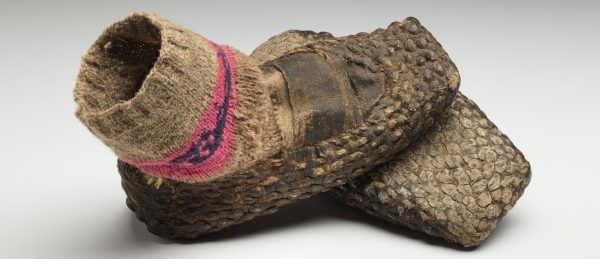 Tallukas slippers from Jämsä
Tallukas slippers from Jämsä
-
 Video interview on the formation of a culturally diverse identity
Video interview on the formation of a culturally diverse identity
-
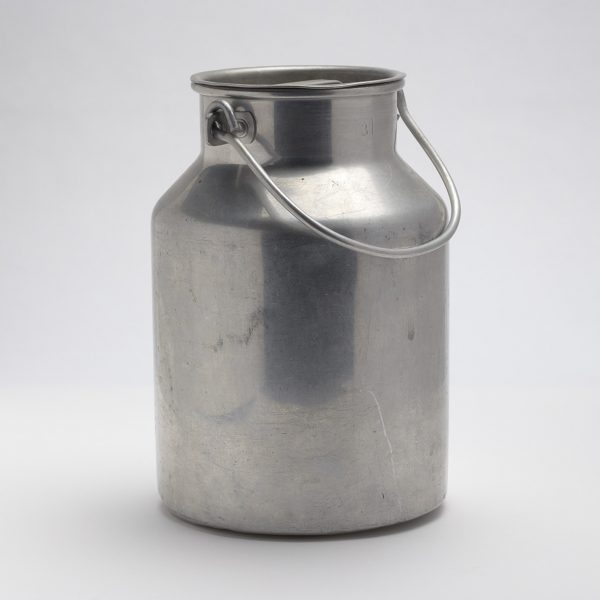 Milk churn – article of daily use and family history memento
Milk churn – article of daily use and family history memento
-
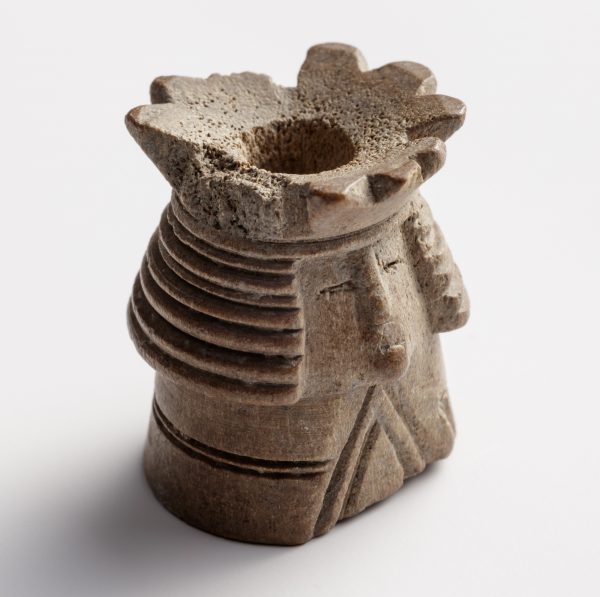 Chess piece from Kuusisto Castle
Chess piece from Kuusisto Castle
-
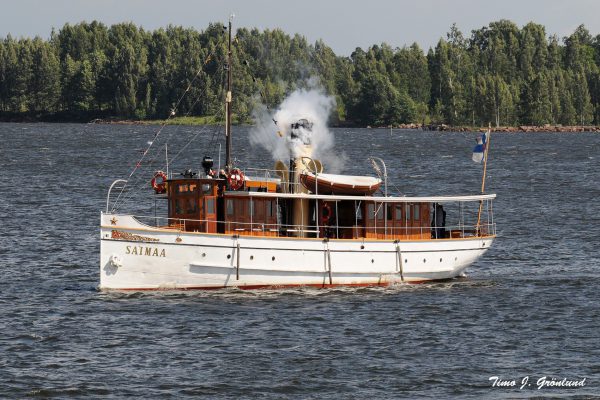 S/S Saimaa
S/S Saimaa
-
 Wastepaper basket made out of an elephant’s foot
Wastepaper basket made out of an elephant’s foot
-
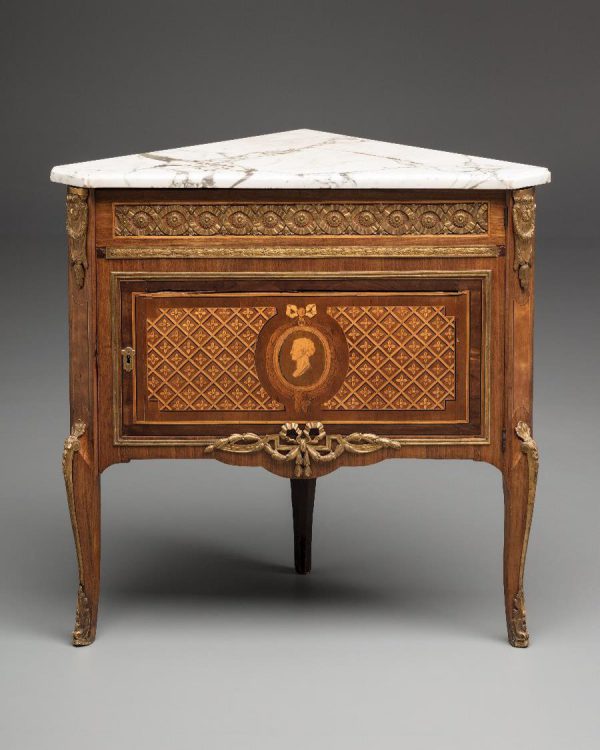 The corner cabinet made by Georg Haupt
The corner cabinet made by Georg Haupt
-
 Muiskas from White Karelia
Muiskas from White Karelia
-
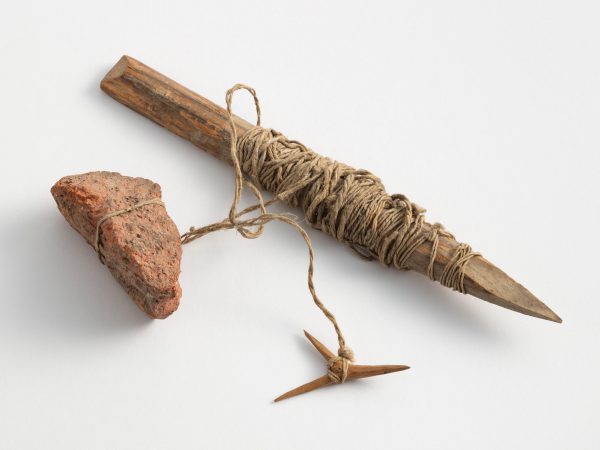 Burbot hook
Burbot hook
-
-
2023
-
2022
-
2021
-
2020
-
2019
-
2018











